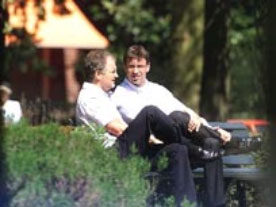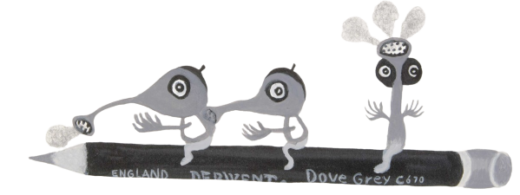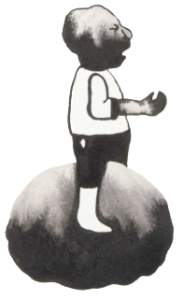Photograph may not be published again in Vrij Nederland (Court of Amsterdam in Preliminary Relief Proceedings, 13 September 2007, LJN BB3558)

The weekly magazine Vrij Nederland has been giving an account of the Holleeder case and all related matters for quite some time now. Bram Zeegers was a confidant of the murdered Willem Endstra and has testified against Holleeder. Vrij Nederland reported on this statement and illustrated the article with a photograph of Endstra and Zeegers together. Zeegers successfully opposed this publication.
Weighing of Interests
As is customary in this kind of cases, the Court in Preliminary Relief Proceedings has weighed the privacy interests of Zeegers against the interests of Vrij Nederland, which magazine has invoked the freedom of expression. All particulars of the case are included in this weighing of interests. Zeegers stated that he has a great interest in his picture not becoming publicly known, because his security would be more at risk by the distribution of his photograph, which has been confirmed to him by the security authorities. No photographs of Zeegers have ever been published before. On the other hand, Vrij Nederland stated that Zeegers is a “public figure”, whose name and appearance are already known to criminals who have it in for him. Therefore the publication of the photograph will not further endanger his security, Vrij Nederland argues.
According to the Court, Zeegers is not a “public figure” yet. He does not hold public office and is not known to the general public. The circumstance that he is a witness in high profile criminal proceedings does not make him a public figure yet, the Court said. The Court ruled that Zeegers never gave permission before to disclose his picture, and the (further) distribution of his photograph could increase his traceability and thus his security risk. The fact that his appearance is probably already known in certain circles does not alter this. Liquidations may be carried out by persons who do not know their target yet, and for such persons a photograph could make it easier to find their target. The Court is of the view that Vrij Nederland could also have published the article concerned without the photograph. The news value of the photograph is not such that the article’s news value would have been considerably lower without the photograph.
No Recall, But a Prohibition from Future Publication
Zeegers claimed that all copies of Vrij Nederland magazine must be removed from sale in a so-called “recall”. This is a far-reaching measure that is only awarded if it is clear that it will actually have an effect. The Court did not believe that a recall would have an effect in this case. Zeegers had instituted the preliminary relief proceedings too late, since at the time of the hearing the weekly magazine had already been distributed to the subscribers, who account for 75% of the circulation. In the event of a recall the subscribers will not return their magazines, so that the photograph will still remain in the public domain. The Court also ruled that the copies still available at the retail outlets did not have to be recalled, but in order not to increase the future security risk, it did prohibit Vrij Nederland from further publishing the photograph and from giving it to third parties for publication.
Comments
The Court has carefully weighed the interests of both parties, as it should do in this kind of cases. The right to freedom of expression does not carry more weight to begin with than the right to privacy. The photograph of Zeegers and Endstra had no news value as such. The well-known photograph of Endstra and Holleeder did have news value at the time, because this photograph made it clear that Endstra and Holleeder were well-acquainted. The recall of a magazine from the market is a very severe measure, which may only be used in very serious situations, and then again only if it still makes sense and the magazine has not already been delivered to the subscribers.

This judgment is remarkable because the prohibition from publishing Zeegers’ photograph again in the future has been formulated very broadly. If Vrij Nederland does publish the photograph again, it will forfeit a penalty payment of €75,000. Thus, the Court has left no room for a new weighing in the future, although it is quite possible that in the future Zeegers will actually become a public figure, or that other circumstances will change. However, the prohibition is limited to the photograph already published. In the event that Vrij Nederland publishes another photograph, it is my view that the Court will have to weigh the interests once again.
Postscript
After the above article was written, Bram Zeegers died on 8 October 2007, reportedly as a result of a drugs overdose, and – according to the police – under suspicious circumstances. The photo that Vrij Nederland was prohibited from publishing has been used by many media as a part of the news reports regarding Zeegers’ death

